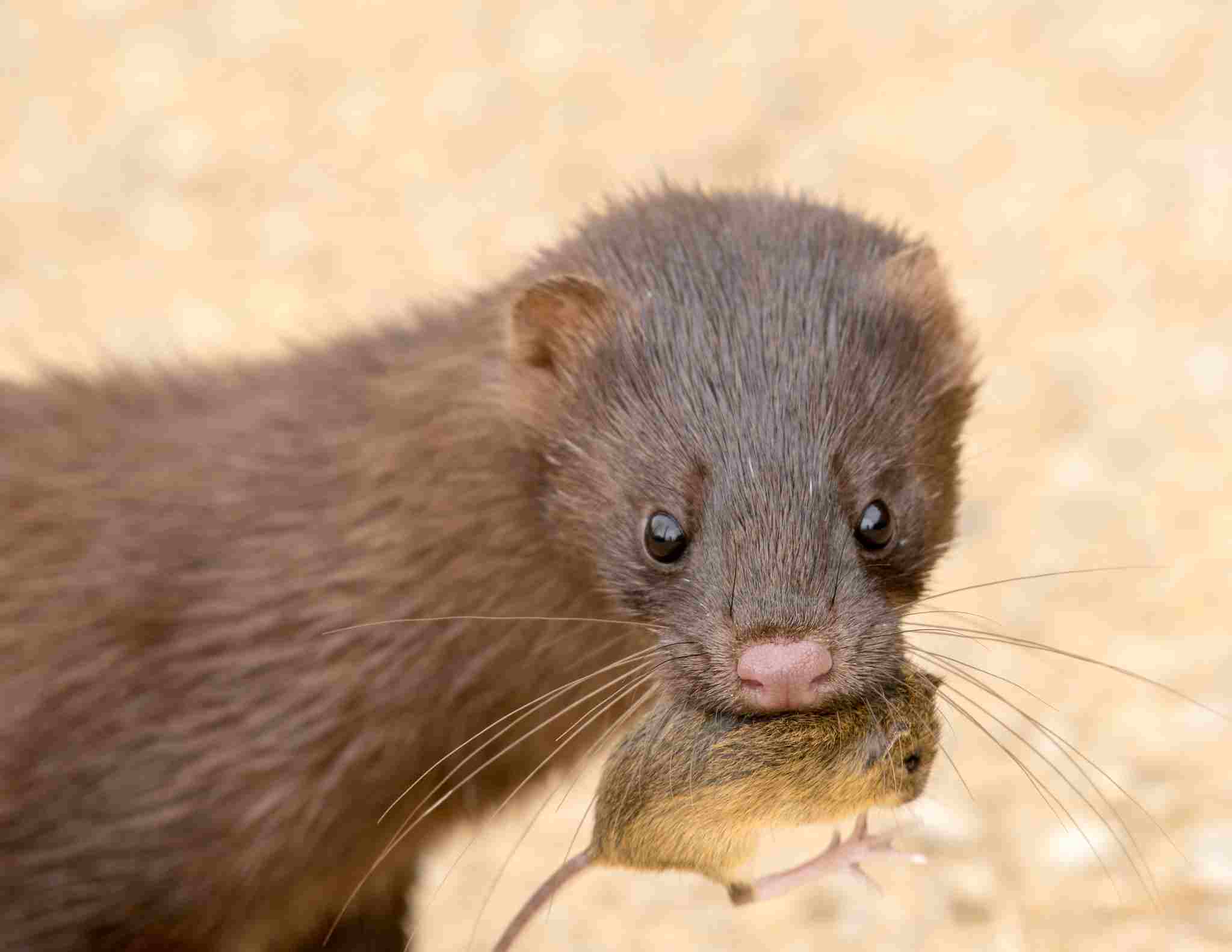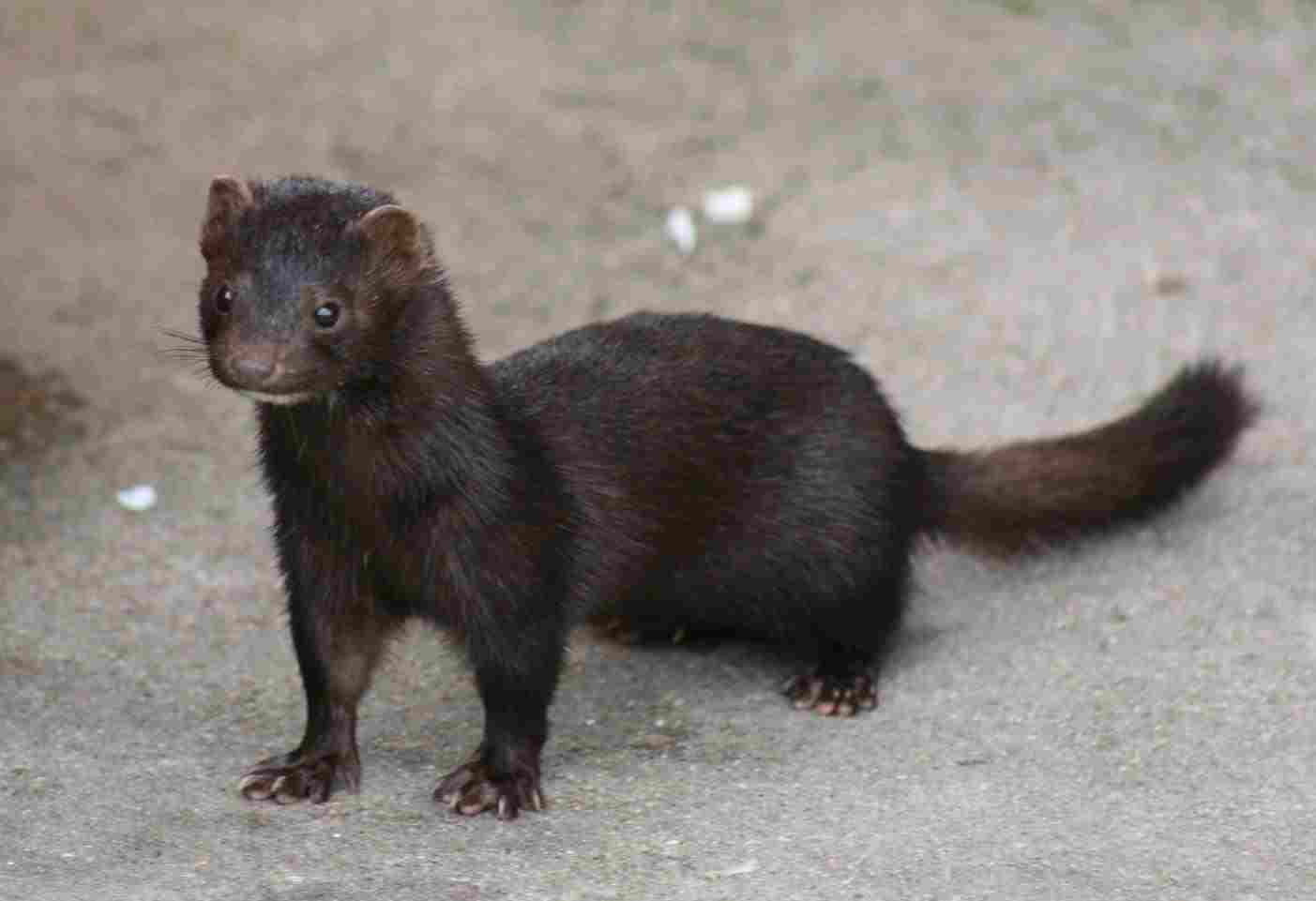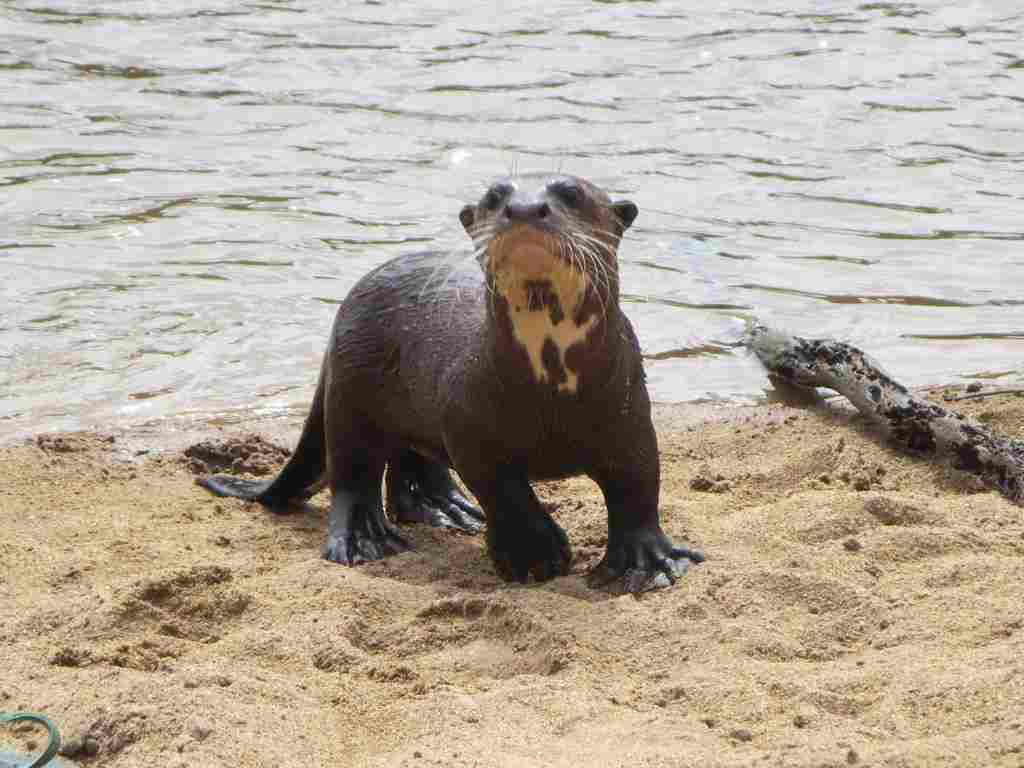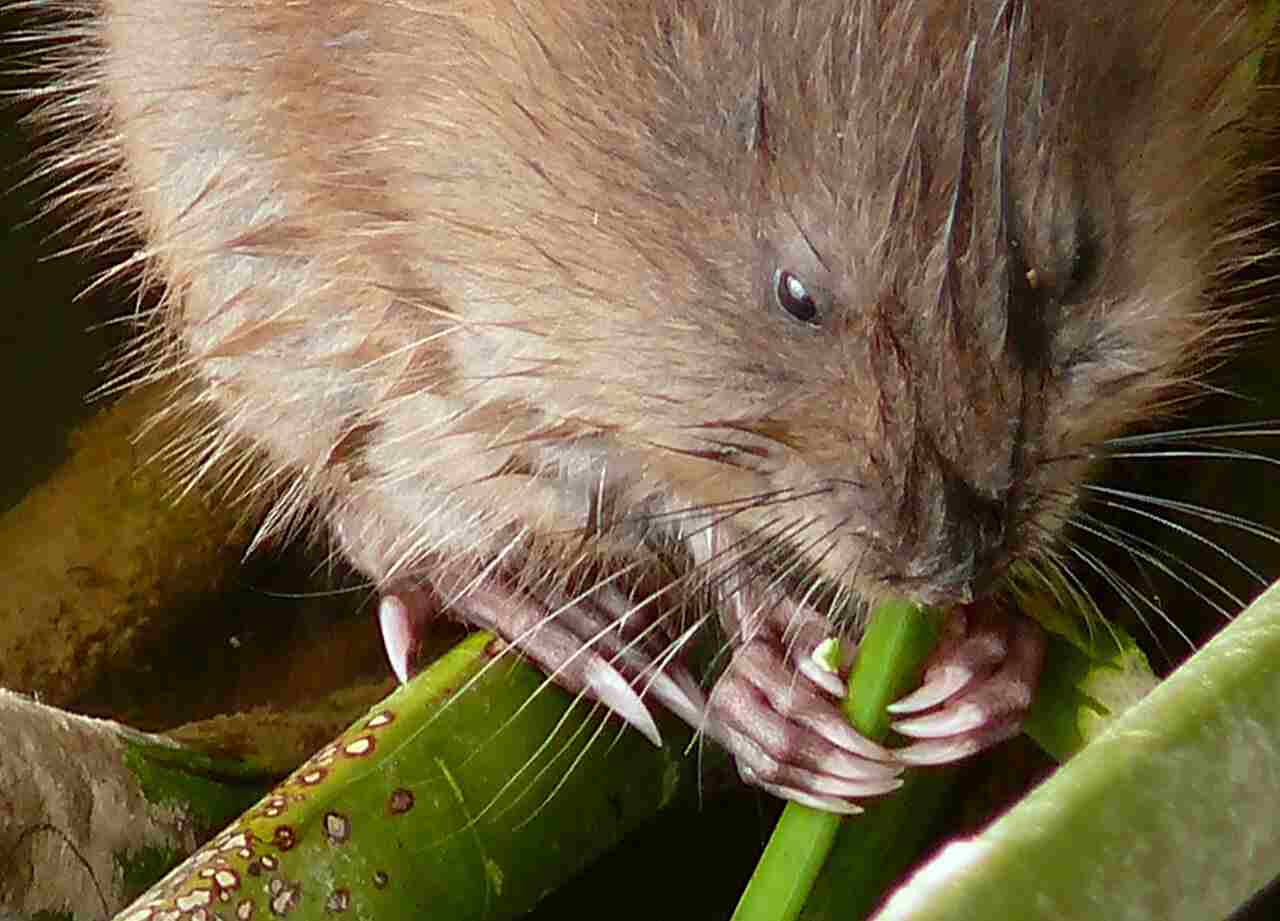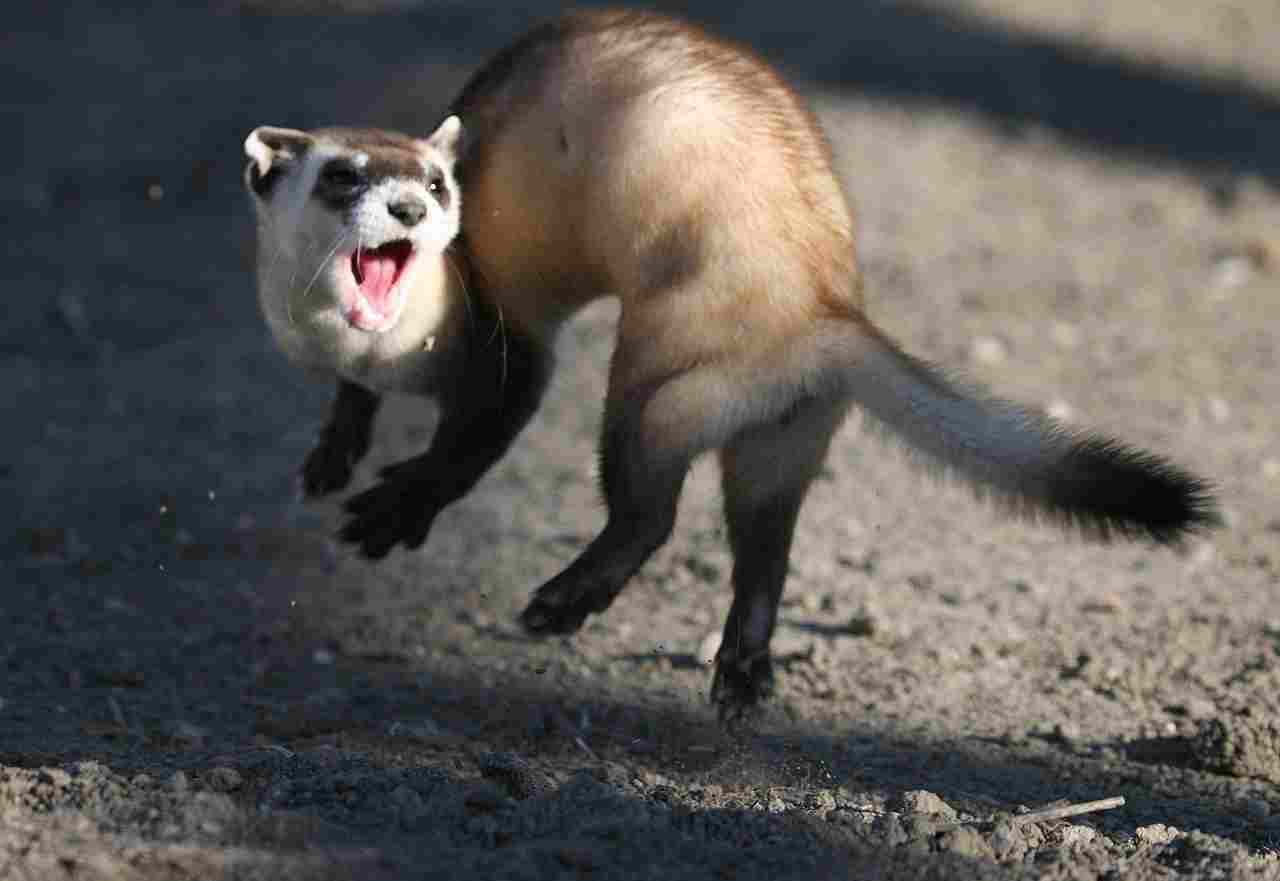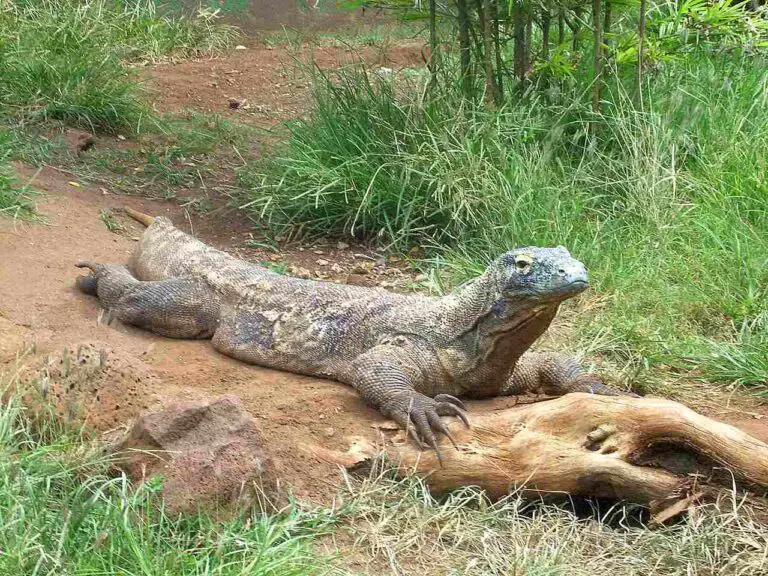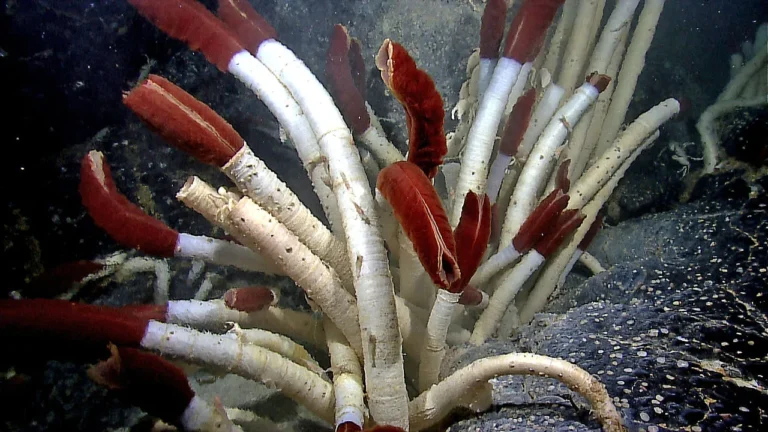Mink Vs Otter Size, Weight, Overall Comparison
In an imagined encounter between a mink and an otter, both members of the Mustelidae family, we explore the potential dynamics of this confrontation. Despite their shared family, these two animals can be distinguished by size, tail morphology, and behavior. This analysis aims to highlight the differences between minks and otters and assert that the otter would likely emerge victorious in a physical encounter due to its substantial size, weight advantage, and greater strength.
Mink vs Otter: Assessing the Likely Victor in a Confrontation
In a hypothetical scenario involving a mink and an otter, both belonging to the Mustelidae family, the outcome of a fight is shaped by distinctions in size, tail morphology, and behavior. While these animals share some similarities, the otter’s larger size, different tail characteristics, and behavior contribute to its potential advantage.
I). Size, Tail Morphology, and Behavior Differences:
– Minks and otters can be differentiated by their size, tail morphology, and behavior. Otters are generally much larger, with some species reaching weights exceeding 25 kg, compared to minks, which typically weigh around 0.7 to 1.6 kg. Otters also have a more robust tail compared to the streamlined tail of minks. Additionally, otters tend to be more solitary and shy in behavior compared to the often-aggressive and territorial nature of minks.
II). Otter’s Size and Weight Advantage:
– In a hypothetical fight, the otter would win a mink due to its substantial size and weight advantage. The larger build of the otter provides it with enhanced strength, potentially making it more formidable in a physical confrontation.
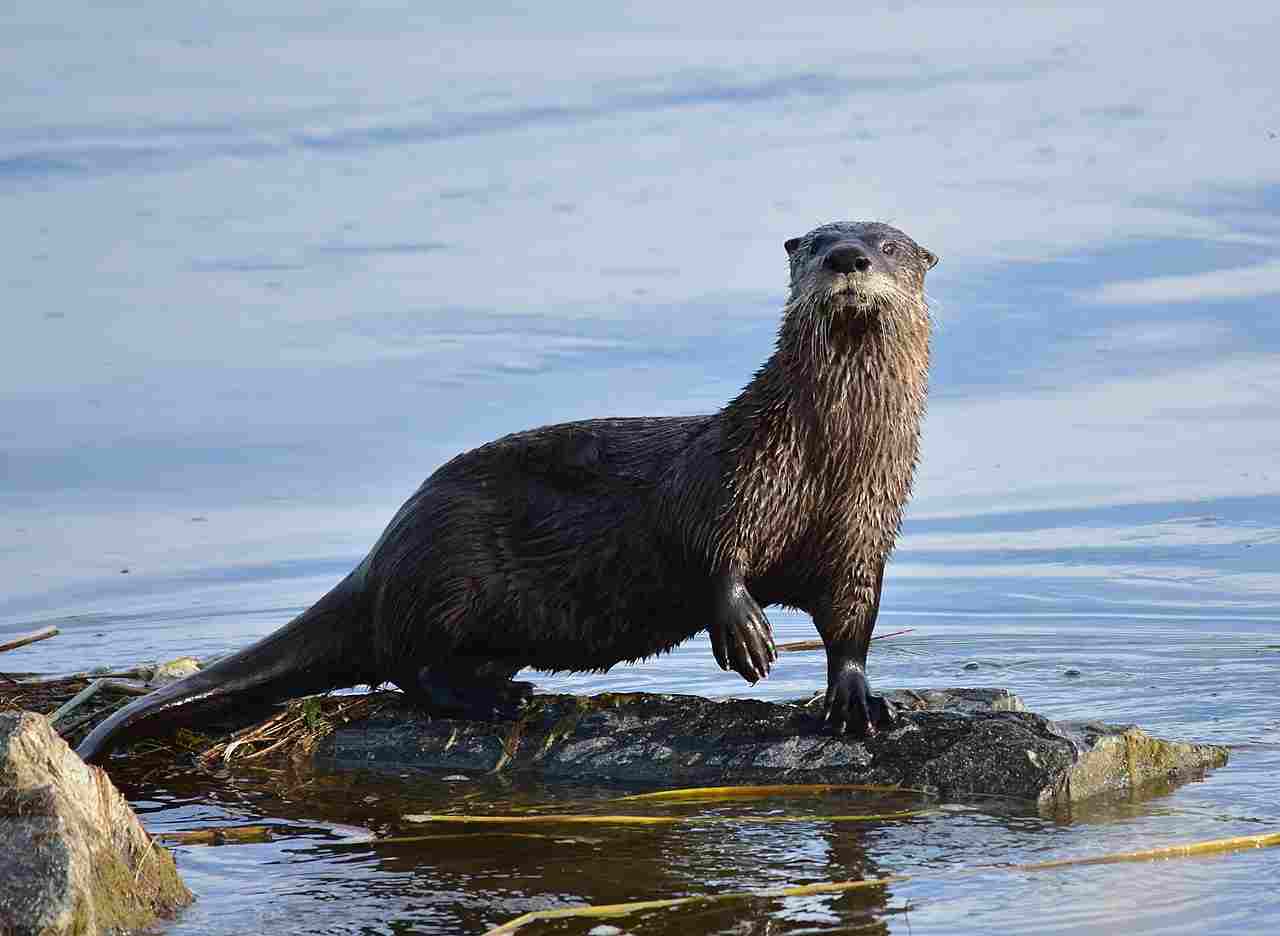
III). Otter’s Greater Strength:
– The otter’s larger size correlates with greater strength, providing it with a significant advantage over the mink. This increased strength can contribute to the otter’s ability to overpower the smaller and potentially less robust mink.
IV). Potential Strategies of the Mink:
– Minks, known for their agility and territorial nature, may employ defensive maneuvers and aggressive strategies in a confrontation with an otter. However, overcoming the otter’s size, weight, and strength advantages could prove challenging for the mink.
V). Overall Dynamics:
– In this hypothetical scenario, the otter is likely to emerge as the victor in a fight against a mink due to its larger size, heavier build, and greater strength. While the mink may showcase agility and aggression, the overall dynamics favor the otter in this hypothetical confrontation.
*Details of Comparison
| Criteria | Mink | Otter |
| Taxonomy | Mustela vison |
Lutra canadensis
|
| Appearance | Sleek, dark brown fur |
Robust, waterproof fur, long snout
|
| Size | 12-18 inches (excluding tail) |
35-53 inches (including tail)
|
| Weight | 1.5-3.5 pounds | 10-30 pounds |
| Bite Force (PSI) | 200-400 PSI |
Moderate, not as powerful
|
| Physical Offensive Advantages | Agile, sharp claws and teeth |
Strong jaws for underwater hunting
|
| Physical Defensive Advantages | Elusive, musky odor |
Powerful swimming, sharp claws
|
| Speed | 4-6 mph |
Swim at 5-8 mph
|
| Agility | Exceptional agility on land |
Agile both in water and on land
|
| Overall Physical Capacity | Versatile for varied environments |
Specialized for aquatic life
|
| Habitat Preference(s) | Near water bodies, burrows |
Freshwater ecosystems, burrows
|
| Tracks | Claw marks, bounding patterns |
Webbed footprints, tail drag marks
|
| Lifespan | 3-4 years | 10-15 years |
| Mode of Feeding | Diverse carnivores |
Mainly piscivores
|
| Intelligence | Problem-solving skills |
Problem-solving skills
|
| Social Behavior | Mostly solitary |
Social, family groups
|
| Mode of Reproduction | Larger litters |
Smaller litters, parental cooperation
|
| Parental Behavior | Female cares for kits |
Both parents participate
|
| Proximity to Human-Inhabited Areas | Can adapt to human proximity |
Can inhabit urban areas, may face threats
|
| Behavior Toward Humans | Generally avoid interaction |
Generally avoid interaction
|
| Danger Posed to Humans | Not considered highly dangerous |
Not considered highly dangerous
|
| Associated Precautions | Similar precautions for both |
Similar precautions for both
|
| Conservation Status | Populations vary, some at risk |
Status varies by species and region
|
| Conclusion | Similarities: Belong to Mustelidae family, Vital roles in ecosystems |
Differences: Size, ecological adaptations, lifespan, and parental behaviors vary. Ecological Implications: Conservation strategies should consider their unique roles and potential threats.
|
Key Points
- Both mink and otters belong to the Mustelidae family within the order Carnivora.
- Mink exhibit versatility in both terrestrial and aquatic environments, while otters are specialized for aquatic life.
- Otters are significantly larger than mink.
- Mink are generally faster on land, while otters excel in swimming.
- Otters have a longer lifespan and smaller litters, with more pronounced parental cooperation.
- Both species play vital roles in ecosystems, contributing to population control and ecological balance.
- Conservation strategies should consider their unique roles and potential threats.
1. Taxonomy:
Mink (Mustela vison):
Kingdom: Animalia
Phylum: Chordata
Class: Mammalia
Order: Carnivora
Family: Mustelidae
Genus: Mustela
Species: M. vison
Otter (Lutra canadensis – North American River Otter):
Kingdom: Animalia
Phylum: Chordata
Class: Mammalia
Order: Carnivora
Family: Mustelidae
Genus: Lutra
Species: L. canadensis
2. Appearance:
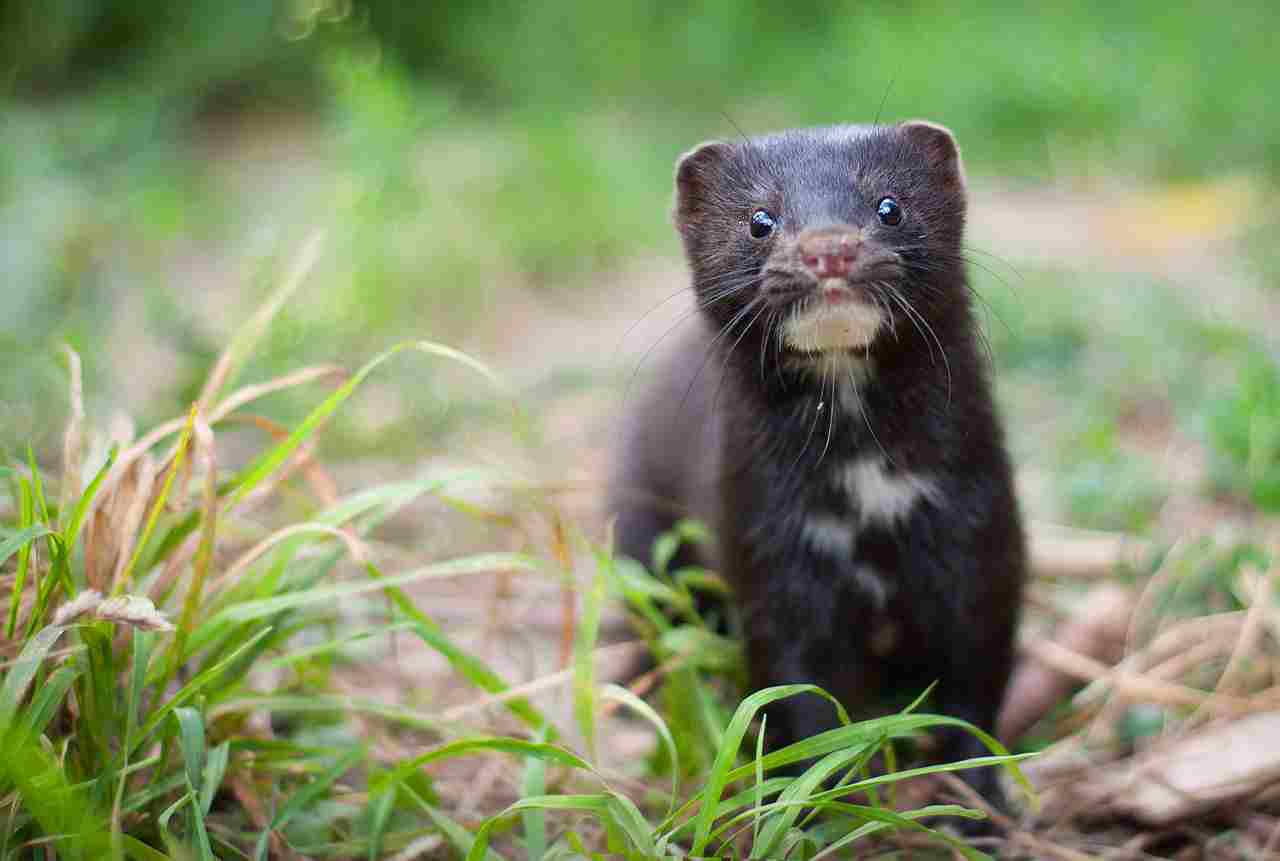
Mink:
Sleek, elongated body with a glossy, dark brown fur coat.
Small, pointed face with round ears.
Webbed feet for efficient swimming.
Otter:
Robust body, covered in dense, waterproof fur; coloration varies from brown to gray.
Short legs, webbed feet, and a tapered tail for streamlined swimming.
Characteristic long, slender snout and small ears.
Comparison:
Mink are generally smaller and have a darker fur coat compared to otters.
Otters have a more robust build, adapted for an aquatic lifestyle.
Ecological Implications:
Mink’s dark fur provides camouflage in their riparian habitats.
Otters’ waterproof fur aids buoyancy and insulation in cold water, crucial for their semi-aquatic existence.
3. Size:
Mink:
Length: 12-18 inches (30-45 cm) excluding the tail.
Tail adds an additional 5-9 inches (13-23 cm).
Otter:
Length: 35-53 inches (90-135 cm) including the tail.
Comparison:
Otters are significantly larger than mink, reflecting their distinct ecological roles and habitats.
Ecological Implications:
Mink’s smaller size allows them to navigate smaller water bodies and burrows effectively.
Otters’ larger size aids in their prowess as swimmers, covering extensive riverine territories.
4. Weight:
Mink:
1.5-3.5 pounds (0.7-1.6 kg).
Otter:
10-30 pounds (4.5-14 kg).
Comparison:
Otters exhibit a substantially higher weight range compared to mink.
Ecological Implications:
Mink’s lighter weight facilitates agility and ease of movement in diverse habitats.
Otters’ heavier build contributes to their proficiency in diving and swimming against currents.
5. Bite Force (PSI – Pounds per Square Inch):
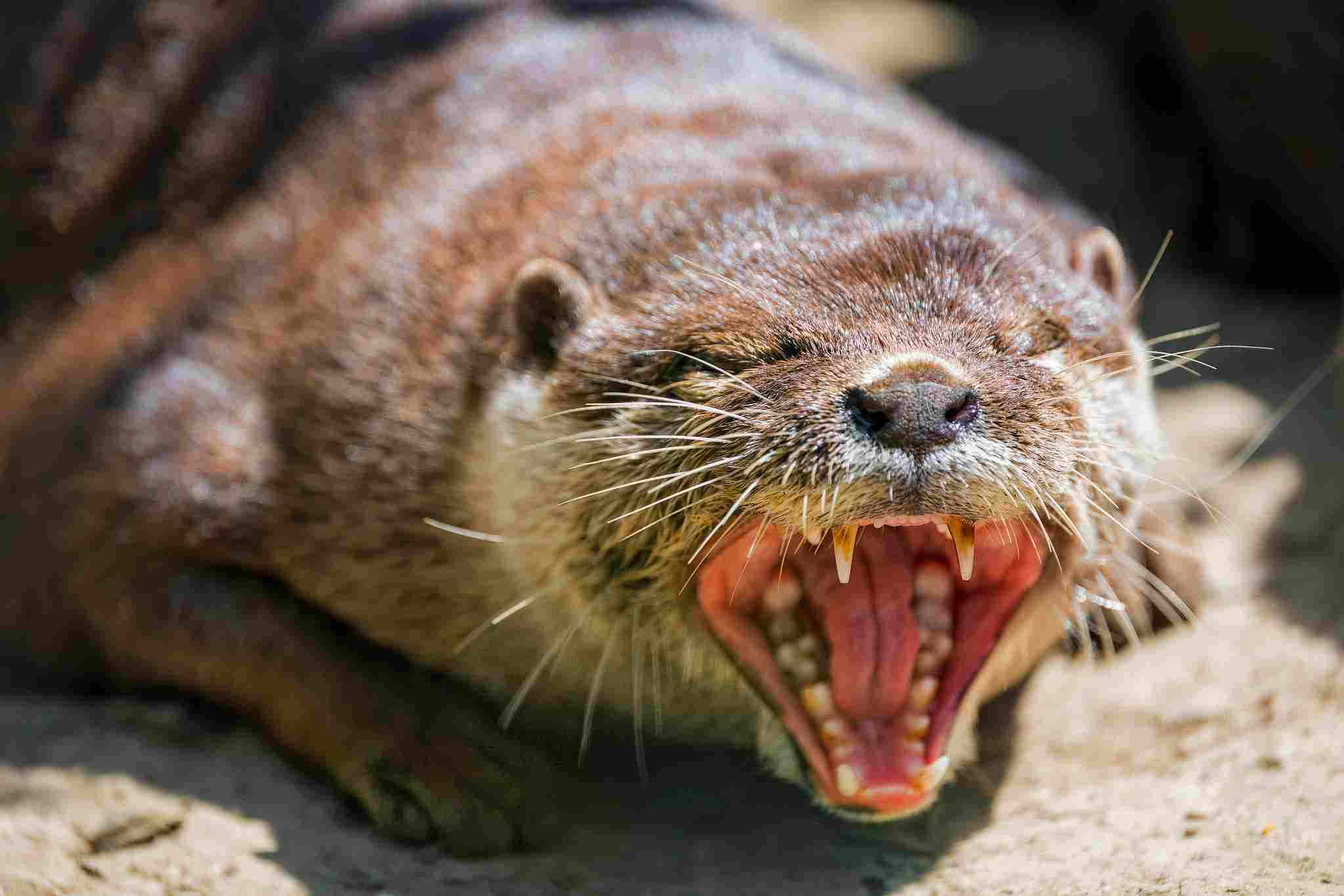
Mink:
Estimated to be around 200-400 PSI.
Otter:
Exact measurements vary, but generally considered less powerful than larger predators like bears or big cats.
Comparison:
Mink possess a formidable bite force, especially for their size.
Otters have a moderate bite force, adapted to their prey and environmental requirements.
Ecological Implications:
Mink’s powerful bite aids in capturing and consuming a variety of prey.
Otters rely on their bite force for hunting aquatic prey but are not as specialized in this aspect as some other carnivores.
6. Physical Offensive Advantages:
Mink:
Sharp claws and teeth for effective hunting.
Agile and swift, capable of ambushing prey in varied terrains.
Otter:
Strong jaws and teeth for catching and crunching shells of aquatic prey.
Enhanced swimming ability provides an advantage when pursuing fish.
Comparison:
Mink’s agility and ambush tactics make them adept at catching prey on land.
Otters excel in aquatic environments, utilizing their strong jaws for hunting underwater.
Ecological Implications:
Mink contribute to controlling small mammal populations in their habitat.
Otters play a crucial role in maintaining the balance of aquatic ecosystems by regulating fish and invertebrate populations.
7. Physical Defensive Advantages:
Mink:
Agile and elusive, capable of escaping predators by climbing or burrowing.
Emit a musky odor as a defensive mechanism.
Otter:
Powerful swimming and diving abilities aid in evading terrestrial predators.
May use their sharp claws and teeth for defense.
Comparison:
Mink rely on agility and escape strategies for defense.
Otters’ aquatic prowess serves as a primary defense mechanism.
Ecological Implications:
Mink’s ability to escape predation contributes to their survival in diverse habitats.
Otters’ defensive strategies are closely tied to their aquatic lifestyle, reducing vulnerability in riparian environments.
8. Speed (Km/hour or Mile/hour):
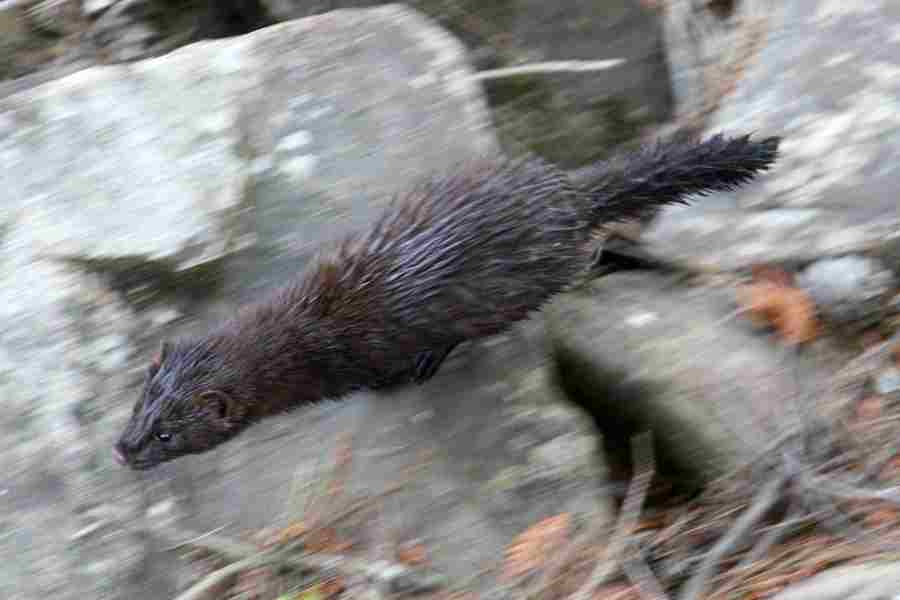
Mink:
Capable of running at speeds up to 4-6 miles per hour (6-10 km/h).
Otter:
Swim at speeds ranging from 5 to 8 miles per hour (8-13 km/h).
Comparison:
Mink exhibit greater speed on land.
Otters are swifter in water, showcasing their adaptation to aquatic habitats.
Ecological Implications:
Mink’s land speed aids in hunting and navigating varied terrestrial environments.
Otters’ swimming speed is crucial for efficiently capturing aquatic prey and evading predators in water.
9. Agility:
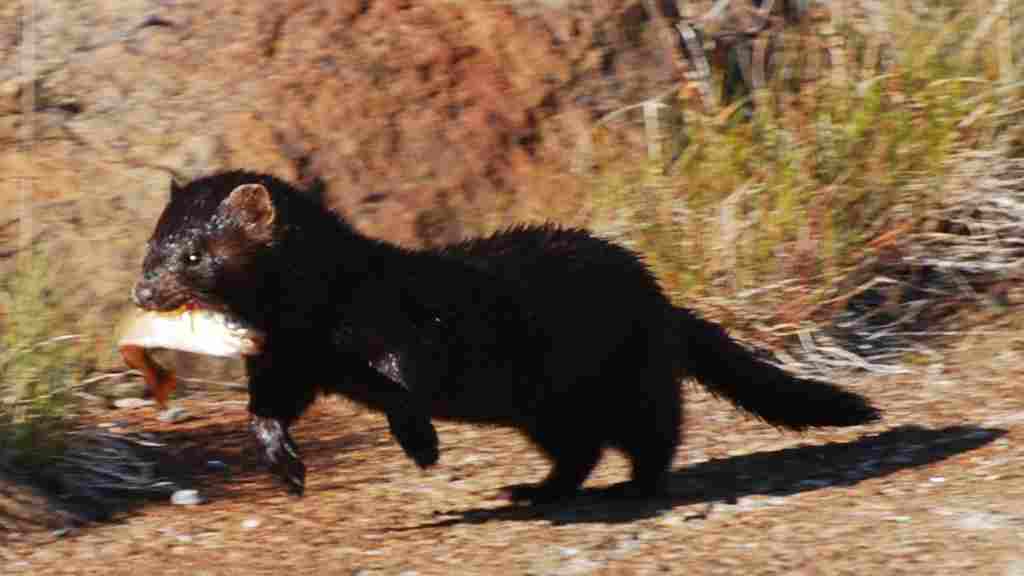
Mink:
Exceptional agility for navigating burrows, climbing, and pursuing prey in diverse landscapes.
Otter:
Agile both in water and on land, displaying flexibility in movements.
Comparison:
While both species are agile, mink’s agility is more adapted to terrestrial environments.
Otters showcase agility in both terrestrial and aquatic settings.
Ecological Implications:
Mink’s agility enhances their ability to exploit diverse habitats for food and shelter.
Otters’ agility is crucial for efficient hunting and navigating the dynamic aquatic ecosystems they inhabit.
10. Overall Physical Capacity:
Mink:
Well-balanced physical attributes for versatile hunting in various environments.
Adaptability allows them to thrive in diverse habitats.
Otter:
Specialized for an aquatic lifestyle, with streamlined body and strong swimming capabilities.
Well-adapted for hunting and navigating riparian ecosystems.
Comparison:
Mink possess a versatile set of physical traits suitable for both terrestrial and aquatic environments.
Otters exhibit specialized adaptations primarily tailored to thrive in aquatic habitats.
Ecological Implications:
Mink’s adaptability contributes to their widespread distribution and ability to exploit different ecological niches.
Otters’ specialized physique reflects their crucial role in maintaining the health of aquatic ecosystems.
11. Habitat Preference(s):
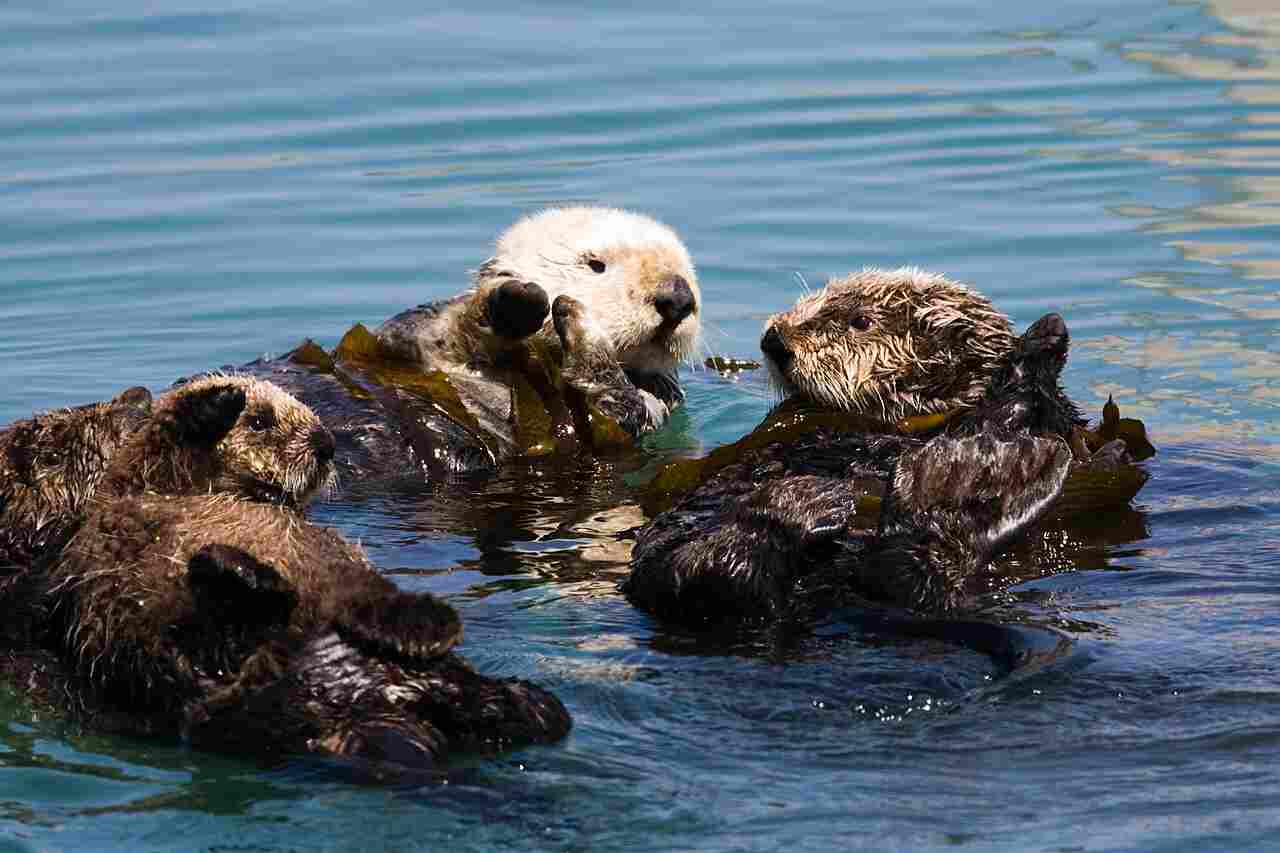
Mink:
Found near water bodies such as rivers, streams, and lakes.
Establish dens in riverbanks or other concealed locations.
Otter:
Primarily inhabit freshwater ecosystems like rivers, lakes, and wetlands.
Construct dens in burrows or use natural shelters.
Comparison:
Both species share a preference for aquatic habitats but may differ in specific microhabitats within these environments.
Ecological Implications:
Mink contribute to terrestrial and riparian ecosystems.
Otters play a vital role in maintaining the balance of freshwater ecosystems.
12. Tracks:
Mink:
Tracks show five toes with distinct claw marks.
Often display bounding or galloping patterns.
Otter:
Webbed footprints with distinct pads.
Tail drag marks may be visible in the mud.
Comparison:
Mink tracks indicate terrestrial locomotion with claw marks.
Otter tracks reveal their semi-aquatic lifestyle, featuring webbed footprints.
Ecological Implications:
Tracking provides insights into the presence and movement patterns of these species within their respective habitats.
13. Lifespan:
Mink:
Typically live 3-4 years in the wild.
May have a longer lifespan in captivity.
Otter:
Average lifespan ranges from 10 to 15 years.
Comparison:
Otters generally have a significantly longer lifespan than mink.
Ecological Implications:
Longer lifespan allows otters to contribute to ecosystem dynamics over an extended period, influencing prey populations and ecological processes.
14. Mode of Feeding:
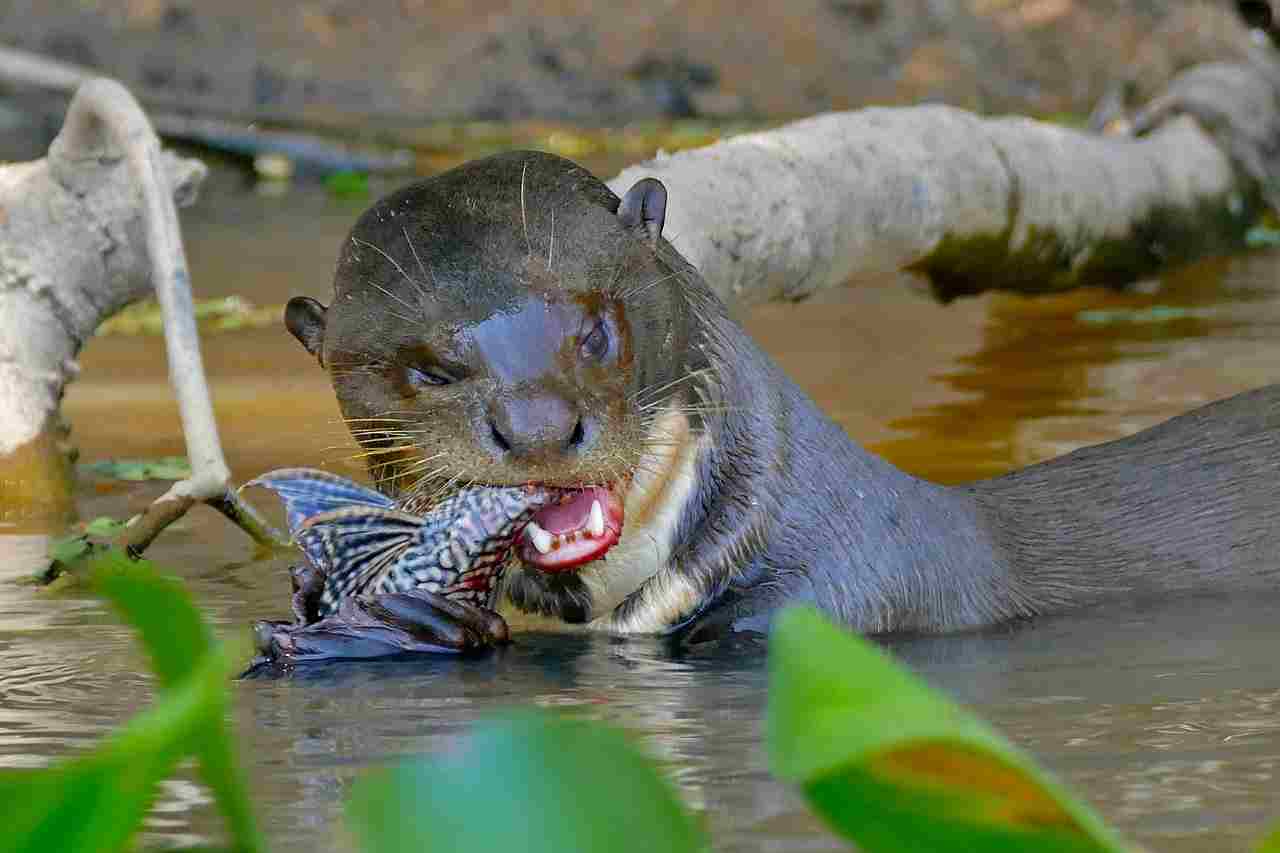
Mink:
Carnivores with a diverse diet including fish, amphibians, small mammals, and birds.
Employ hunting techniques both on land and in water.
Otter:
Mainly piscivores, relying heavily on fish for their diet.
May also consume amphibians, crustaceans, and small mammals.
Comparison:
While both species are carnivores, otters exhibit a more specialized focus on aquatic prey, particularly fish.
Ecological Implications:
Mink contribute to controlling populations of various small vertebrates.
Otters play a crucial role in maintaining fish populations and controlling aquatic invertebrates.
15. Intelligence:
Mink:
Display problem-solving skills and adaptability in various environments.
Exhibit social learning and communication within family groups.
Otter:
Considered intelligent, showing complex behaviors in hunting and tool use.
May engage in cooperative behaviors, especially during group activities.
Comparison:
Both mink and otters demonstrate intelligence, with adaptations suited to their respective habitats.
Ecological Implications:
Intelligence aids in adapting to changing environments and optimizing foraging strategies.
16. Social Behavior:
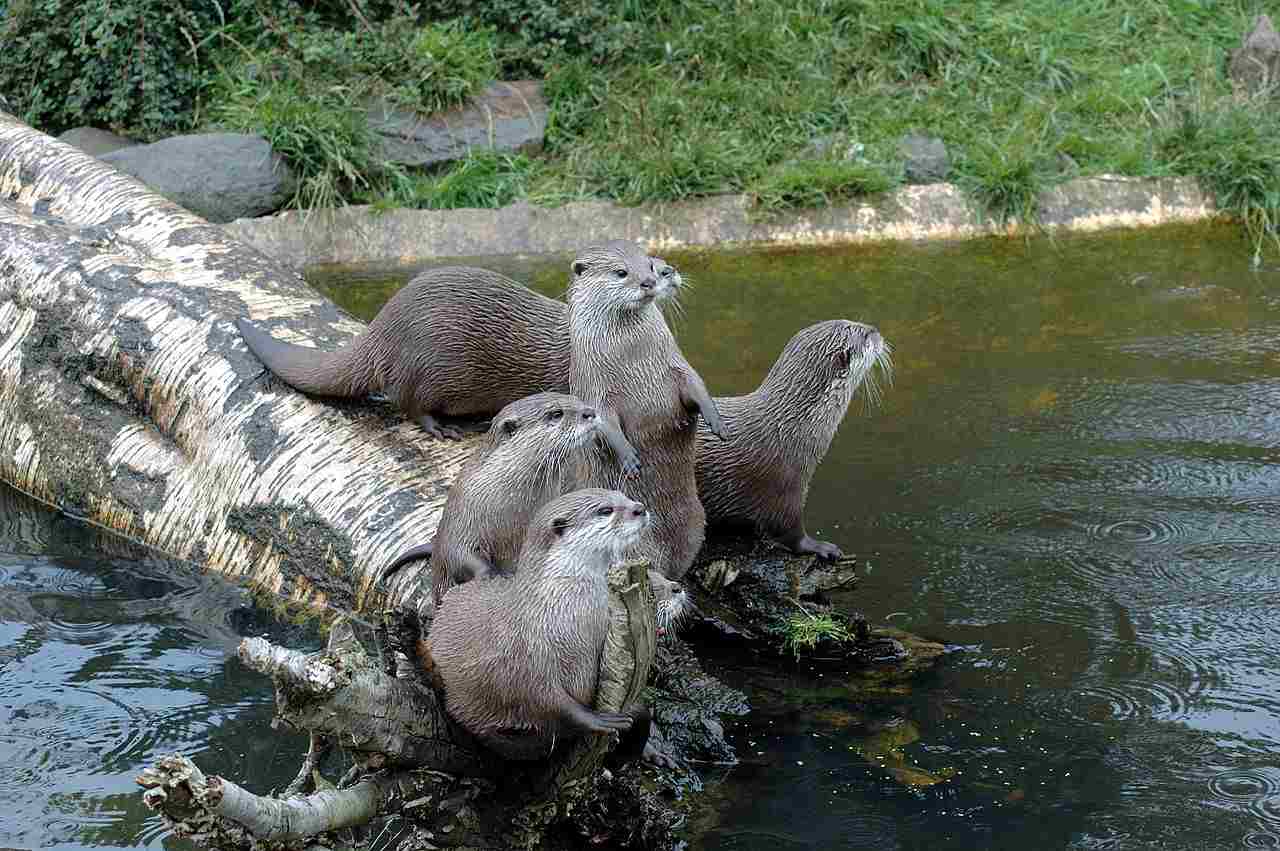
Mink:
Mostly solitary, establishing territories.
Limited social interactions, except during the breeding season.
Otter:
Generally more social, living in family groups.
Cooperative behaviors observed, especially in hunting and caring for young.
Comparison:
Otters exhibit a more pronounced social structure compared to the predominantly solitary behavior of mink.
Ecological Implications:
Otters’ social structure may enhance their ability to hunt cooperatively, contributing to ecological stability.
17. Mode of Reproduction:
Mink:
Give birth to litters of 3-6 kits.
Breeding season typically occurs in late winter or early spring.
Otter:
Typically give birth to 1-3 pups.
Breeding season often aligns with the availability of prey, ensuring sufficient food for the young.
Comparison:
Otters generally have smaller litters compared to mink.
Ecological Implications:
Smaller litters may reflect a reproductive strategy in otters that balances parental investment with resource availability in their aquatic habitats.
18. Parental Behavior:
Mink:
Females raise and care for the kits.
Kits are weaned around 5-6 weeks and become independent shortly after.
Otter:
Both parents participate in raising pups.
Pups are born with their eyes closed and are dependent on parental care for several months.
Comparison:
Otters exhibit a higher level of parental cooperation compared to mink.
Ecological Implications:
Cooperative parental care in otters may contribute to the survival and development of pups in complex aquatic environments.
19. Proximity to Human-Inhabited Areas:
Mink:
Can adapt to living in close proximity to human settlements.
May utilize human structures for den sites.
Otter:
Have been observed in urban and suburban areas, especially near water bodies.
May face threats such as habitat loss and pollution due to human activities.
Comparison:
Both mink and otters can inhabit areas near human populations, but otters may face greater threats from anthropogenic activities.
Ecological Implications:
Human presence can impact the behavior and survival of both species, with otters potentially facing more significant challenges in urbanized environments.
20. Behavior Toward Humans:
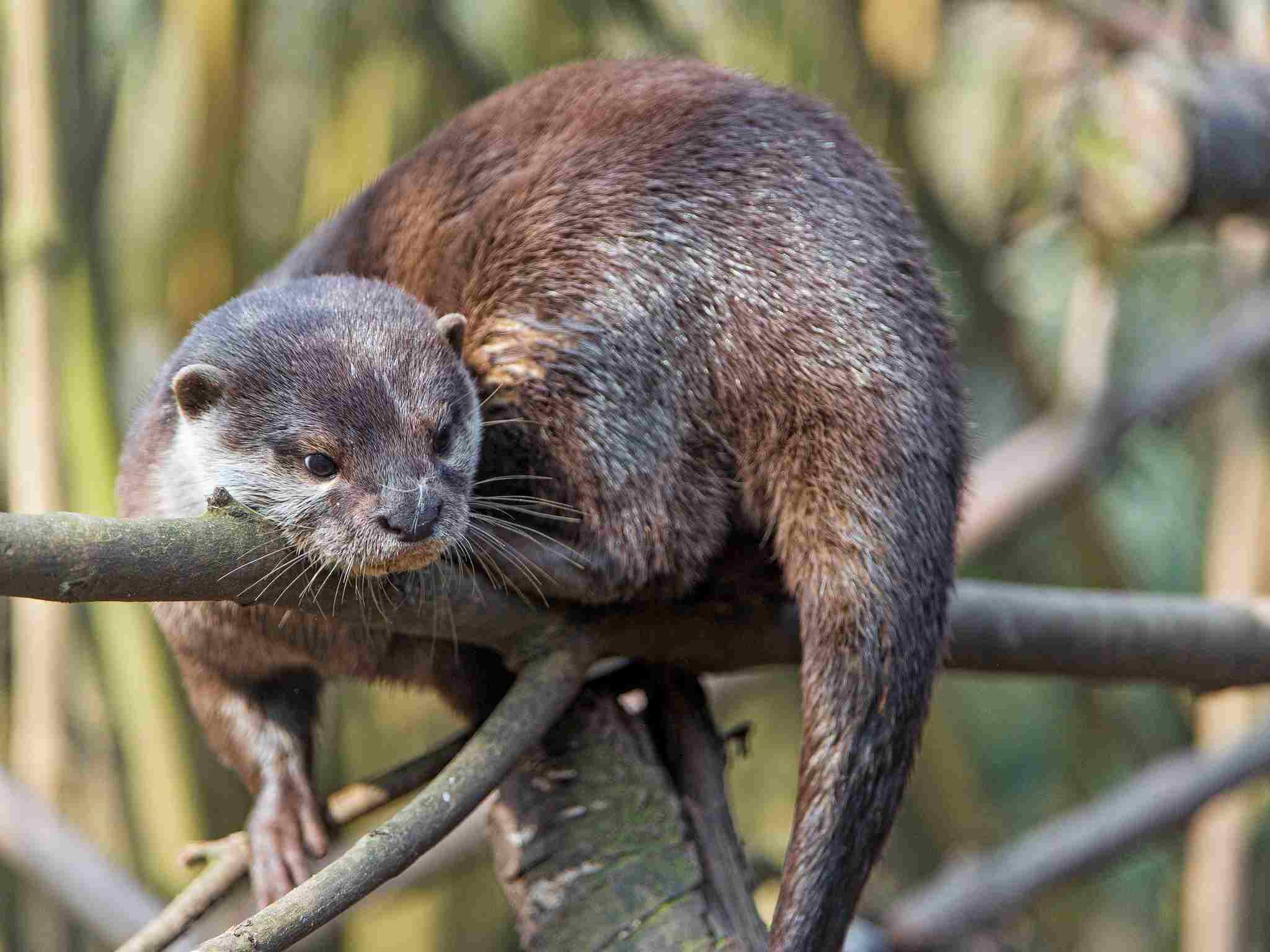
Mink:
Generally avoid human interaction but may scavenge near human settlements.
Can be aggressive if cornered or threatened.
Otter:
Typically shy and elusive, avoiding direct contact with humans.
May become habituated to human presence in some cases.
Comparison:
Both species generally prefer to avoid direct interactions with humans.
Ecological Implications:
Limited interactions with humans contribute to the natural behavior and ecological roles of mink and otters.
21. Danger Posed to Humans:
Mink:
Rarely pose a threat to humans.
May carry diseases like rabies, which can be transmitted to humans.
Otter:
Generally not considered dangerous to humans.
Rare cases of aggression, usually in defense or protection of young.
Comparison:
Neither mink nor otters are considered highly dangerous to humans.
Ecological Implications:
Minimal danger to humans allows for coexistence, emphasizing the importance of respecting their natural behaviors and habitats.
22. Associated Precautions:
Mink:
Caution advised in areas where mink may carry diseases like rabies.
Avoidance of direct contact is recommended to prevent potential aggression.
Otter:
Precautions should be taken to avoid disturbing otter habitats, especially during the breeding season.
Encouraging responsible waste disposal to prevent pollution of water bodies where otters reside.
Comparison:
Similar precautions, emphasizing the need to respect their natural behaviors and habitats.
Ecological Implications:
Human actions and interactions with mink and otters can impact their well-being and contribute to maintaining ecological balance.
23. Conservation Status:
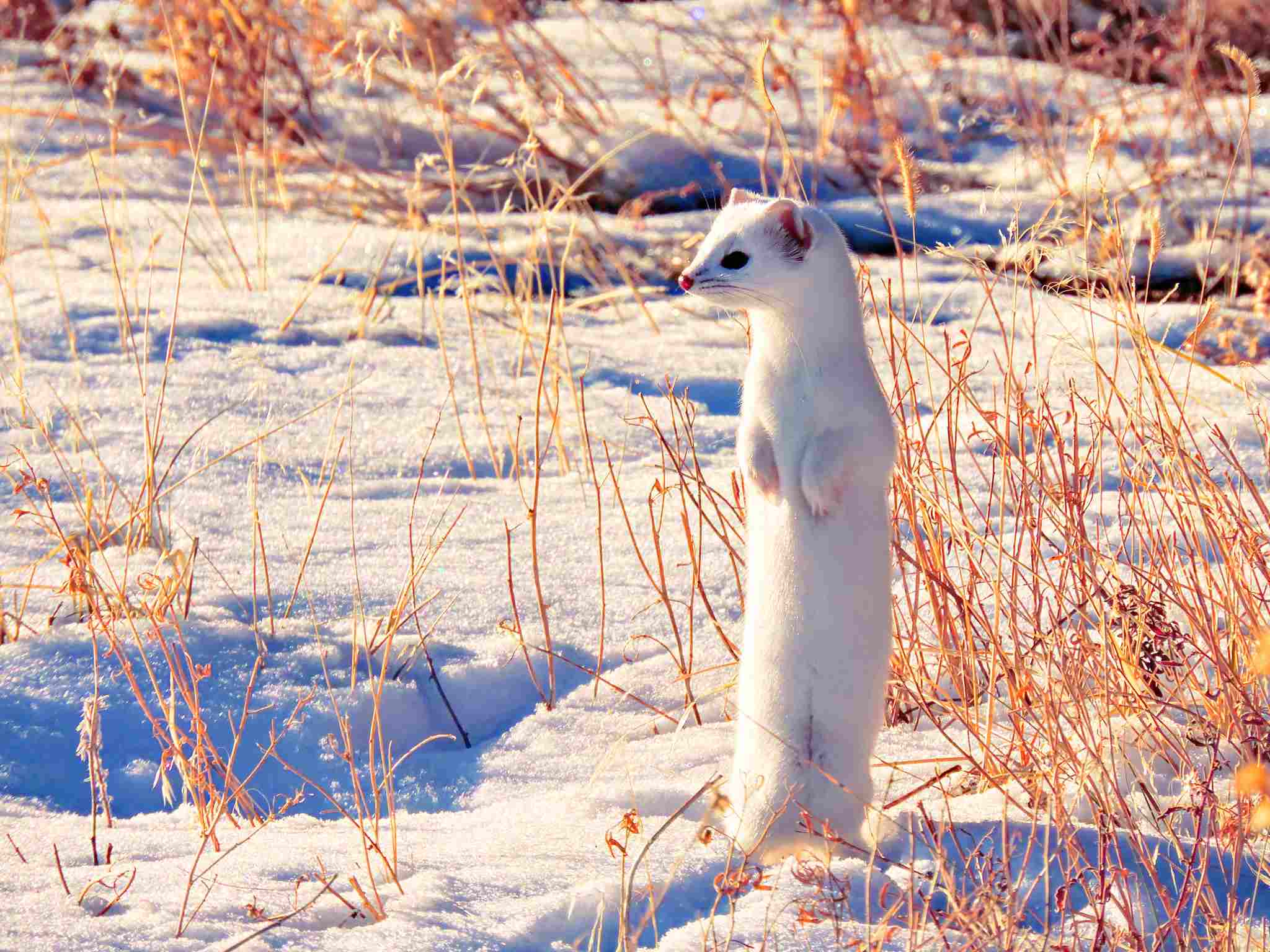
Mink:
Populations can vary, with some regions facing decline due to habitat loss and fur farming.
Considered a species of “Least Concern” globally, but specific populations may be at risk.
Otter:
Conservation status varies by species and region.
North American River Otter, for example, is often considered of “Least Concern” due to stable populations in some areas.
Comparison:
Conservation status depends on specific species and regional contexts.
Ecological Implications:
Conservation efforts are essential to maintain healthy populations and ecological roles of both mink and otters.
Summary of Comparison
Taxonomy:
Mink: Mustela vison
Otter: Lutra canadensis
Appearance:
Mink: Sleek, dark brown fur, pointed face.
Otter: Robust, waterproof fur, long snout.
Size:
Mink: 12-18 inches excluding tail.
Otter: 35-53 inches including tail.
Weight:
Mink: 1.5-3.5 pounds.
Otter: 10-30 pounds.
Bite Force (PSI):
Mink: 200-400 PSI.
Otter: Moderate, not as powerful as larger predators.
Physical Offensive Advantages:
Mink: Agile, sharp claws and teeth.
Otter: Strong jaws for underwater hunting.
Physical Defensive Advantages:
Mink: Elusive, musky odor.
Otter: Powerful swimming, sharp claws.
Speed:
Mink: 4-6 mph.
Otter: Swim at 5-8 mph.
Agility:
Mink: Exceptional agility on land.
Otter: Agile both in water and on land.
Overall Physical Capacity:
Mink: Versatile for varied environments.
Otter: Specialized for aquatic life.
Habitat Preference(s):
Mink: Near water bodies, burrows.
Otter: Freshwater ecosystems, burrows.
Tracks:
Mink: Claw marks, bounding patterns.
Otter: Webbed footprints, tail drag marks.
Lifespan:
Mink: 3-4 years.
Otter: 10-15 years.
Mode of Feeding:
Mink: Diverse carnivores.
Otter: Mainly piscivores.
Intelligence:
Both: Problem-solving skills and adaptability.
Social Behavior:
Mink: Mostly solitary.
Otter: Social, family groups.
Mode of Reproduction:
Mink: Larger litters.
Otter: Smaller litters, parental cooperation.
Parental Behavior:
Mink: Female cares for kits.
Otter: Both parents participate.
Proximity to Human-Inhabited Areas:
Both: Can adapt to human proximity, otters may face more threats.
Behavior Toward Humans:
Both: Generally avoid human interaction.
Danger Posed to Humans:
Both: Not considered highly dangerous.
Associated Precautions:
Similar precautions for both, avoiding direct contact.
Conservation Status:
Mink: Populations vary, some regions at risk.
Otter: Status varies by species and region.
Conclusion:
Similarities:
Both mink and otters belong to the Mustelidae family within the order Carnivora.
Play vital roles in ecosystems, contributing to population control and ecological balance.
Differences:
Divergent in size, with otters being significantly larger than mink.
Exhibit distinct ecological adaptations, with mink being versatile in terrestrial and aquatic environments, and otters specializing in aquatic habitats.
Otters generally have a longer lifespan compared to mink.
Vary in parental behaviors, with otters displaying a higher degree of cooperation in raising offspring.
